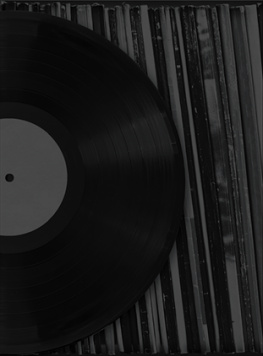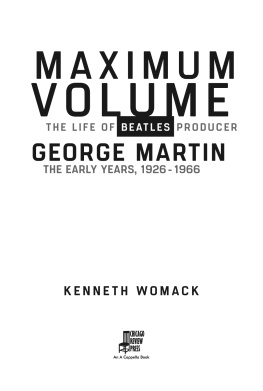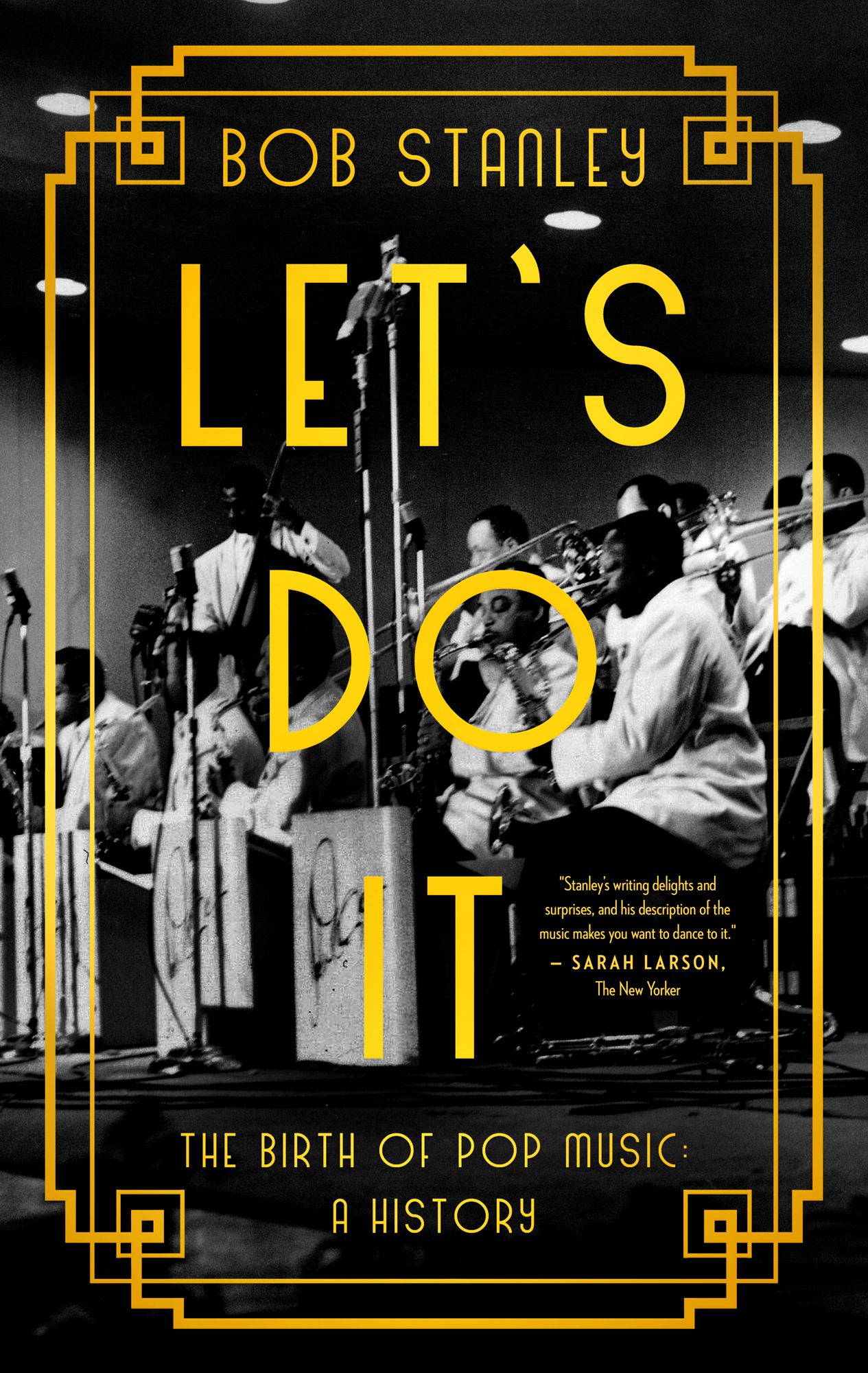CONTENTS
Guide
Bob Stanley
Lets Do It
Stanelys writing delights and surprise, and his description of the music makes you want to dance it.
Sarah Larson,
The New Yorker
The Birth of Pop Music: A History
For Tessa and Len
This book gives an account of the entertainment industry at a time, between the American Civil War and the beginning of the civil rights movement, when racism was not only endemic but overt. Offensive language has been retained in order to offer a true picture of the discrimination of the era; to erase it could suggest that these prejudices never existed.
INTRODUCTION
As a kid I had a train set. My favourite thing about it wasnt the tracks or the engines, but the buildings, made by a company called Superquick, that went around the edge. One of these was a cinema, and the film showing, that week and every week, was called The Music Man. The name was so generic I assumed it was made up. Then, when I was about eight or nine years old, I was given my first album, a hand-me-down copy of With the Beatles, and I discovered thanks to Tony Barrows sleevenote that Pauls lilting Till There Was You was from a film called The Music Man. Barrow explained that it had also been recorded by Peggy Lee, whom I thought of as a grown-up singer nothing to do with the Beatles or the glam rock acts dominating the radio. What was The Music Man? I guessed (rightly) it was a musical. Who starred in it? Who wrote Till There Was You? How did the Beatles end up covering it? I assumed someone would tell me more about it when I grew up, but no one did. The moment had passed. The Music Man was a forgotten moment from my parents youth, and if it wasnt for my Superquick cinema freezing time in 1962 I may never have come across it.
When I was writing Yeah Yeah Yeah: The Story of Modern Pop, I was constantly aware that pop music didnt begin with the Beatles in 1963, or Elvis in 1956, or even with the first seven-inch singles in 1949. There was a prehistory that went right back to the first recorded music, at the turn of the twentieth century, and that a tangled web of new musical forms mostly American had led to shows and films like The Music Man. Whats more, the chronology confused me. I had clots of knowledge about the Great American Songbook writers, and New Orleans, and blues, and early Hollywood musicals. I had read exemplary books on individual genres, but they rarely mentioned the myriad other contemporaneous pop forms. So much tended to be slung into an all-purpose folder labelled old-time music. I realised that no book described what popular music had sounded or felt like or even explained what was truly popular, and when before rock n roll.
To that end, Lets Do It is a guide through the pop music of the first half of the twentieth century, unravelling all the genres, styles and names that can seem tangled to the casual fan of George Gershwin, Billie Holiday or Rodgers and Hammerstein, and finding the silver threads and golden needles that bind them all together.
What makes pop music exactly? For me, its essence is the record itself the grooves, the label, the feeling of permanence. The act of listening to something more than once, of playing a record again and again, separates pop from the merely popular. The advent of records affected the way music was written, played and performed: if a 78 rpm disc could only handle three minutes of music, then a song couldnt be more than three minutes long. 1900 is the sweet spot, when a brand-new musical form ragtime linked arms with the nascent pop music industry and launched the twentieth century. And that is where this story begins.
In 1900 recording technology was still so primitive that acts had to play as loudly as possible in the studio, gathered around a giant horn. The story weaves through the fall of British pop influence during World War I, the rise of the American Jazz Age in the 1920s, the sound of swing, and the triumphs of Broadway and Hollywood musicals in the 30s and 40s. Post-war, pops forward motion faltered. We will discover an era that created some extraordinary music but lacked direction; when the Songbook writers were in decline and jazz splintered; when Frank Sinatra made his hippest and best albums, but with songs that were mostly decades old. Rock n roll moves into this vacuum in the 50s, and the Beatles presage an unlikely swing of the compass from New York back to London in the 60s. The story concludes with the beginnings of a rapprochement between the old pop world and the new age of rock and soul in the 70s. As it turned out, and with the benefit of twenty-first-century hindsight, they really werent so cosmically different.
Pop music developed, in almost every genre, every style, thanks to a constant push and pull. For every cheeky Lionel Bart, gamely making light of the Blitz, there was a prim Ivor Novello hankering for the cucumber sandwiches of his turn-of-the-century childhood. There was the maximal rhythm of Count Basie and the minimal softness of Claude Thornhill; the furrowed Jerome Kern and the flighty P. G. Wodehouse; the bellow of Sophie Tucker and the squeak of Helen Kane; the Andes siren sound of Yma Sumac and the lounge-bound purr of Julie London; the rough Louis and the smooth Hutch. Music could be hot or it could be cool, and that didnt apply only to jazz. This was an age when mass media and pop culture were struggling to establish themselves. Multiple strands were all fighting their own corner: radio and jukeboxes did not work hand in glove; musical theatre looked down on Hollywood; Chicago mistrusted New York; Britain feared Americanisation. Binaries and dichotomies emerge throughout the story trends and splits, the ebb and flow of the progressive and the conservative, the interplay of different classes, different cultures.
Lets Do It is about records that were made to sell, music that was intended to be heard by the largest possible audience, whether performed in travelling vaudeville shows, on West End and Broadway stages, on celluloid printed in Hollywood and Shepperton, or on 78, 33 and 45 rpm records. It is an Anglo-American story, with early nods to sounds and styles from Vienna, although outside influences are constantly absorbed and co-opted from around the globe Hawaii, Cuba, Brazil essentially as land-grabs.
Well discover how calamities shaped the future. The baritone Jacob Schmidt was caught in a mustard gas attack in World War I, which permanently affected his voice; he re-emerged in the 1920s as Whispering Jack Smith, with his hit song Me and My Shadow. His voice was so soft it was inaudible on stage, but it was perfect for the intimate new world of radio the crooner was created. During World War II, the Germans used their newly invented tape recordings to give the impression that Hitler was in eight places at the same time. The technology was brought home by victorious American soldiers and adapted so that Bing Crosby could play golf while his radio show was supposedly being broadcast live. Well see how World War II broke up the swing bands, putting the post-war focus on solo singers like Frank Sinatra and Peggy Lee, and how Tin Pan Alleys infantilism in the 1950s left the door open for the music of the underclasses rhythm and blues, country and western to win back the youth crowd with the schism of rock n roll.
I love pop music that delights in trespassing formal boundaries, but I like it even more when the trespass is accidental. Im fascinated by how the Great American Songbook, the music of the nations second-generation immigrants, was a construct that its creators only pieced together once its commercial hold began to slip in the 1950s. I love it when a fake form does something that the real or proper original has failed to, whether its Irving Berlin interpolating ragtime at the wrong speed in a New York bar, or Little Walter playing blues with a distorted, amplified mouth organ, or Gene Autry singing cowboy ballads with a Swiss yodel thrown in. Or George Gershwins Rhapsody in Blue, which in 1923 aimed for the serious but also showed how pop could head towards new emotions, cleverness and fun; it suggested the sense of something quite different arriving, a possible future that was free of borders and discrimination.


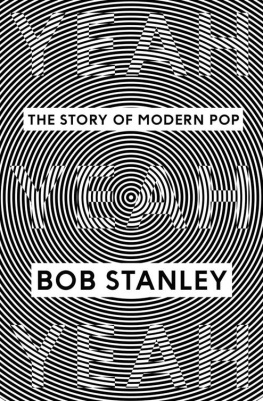
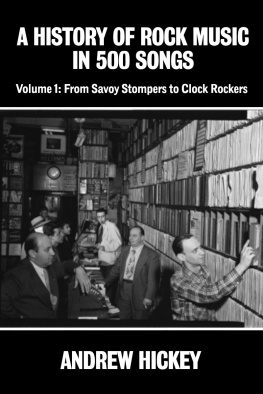
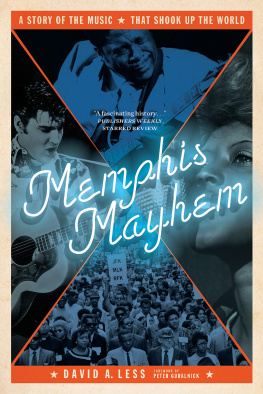
![Lambley - And the Band Begins to Play: [Part1 The Definitive Guide to the Beatles Please Please Me]](/uploads/posts/book/213741/thumbs/lambley-and-the-band-begins-to-play-part1-the.jpg)
